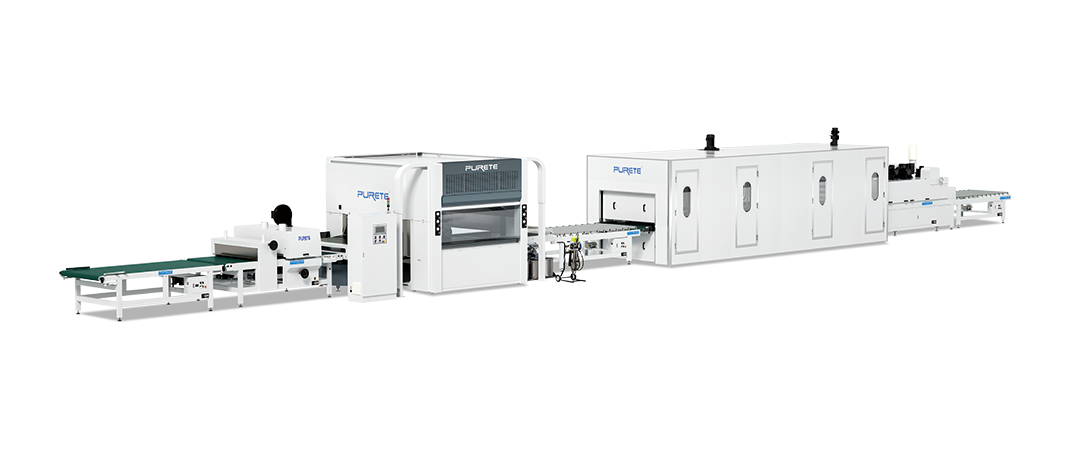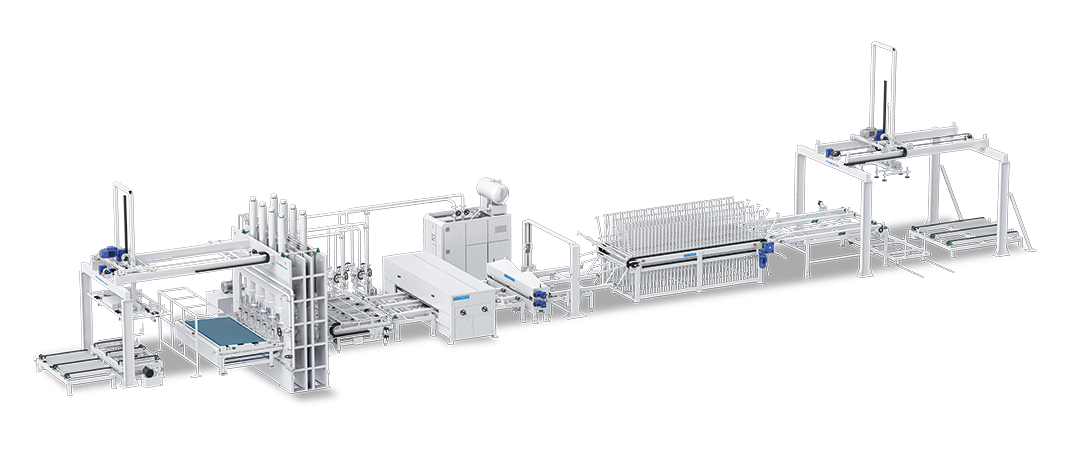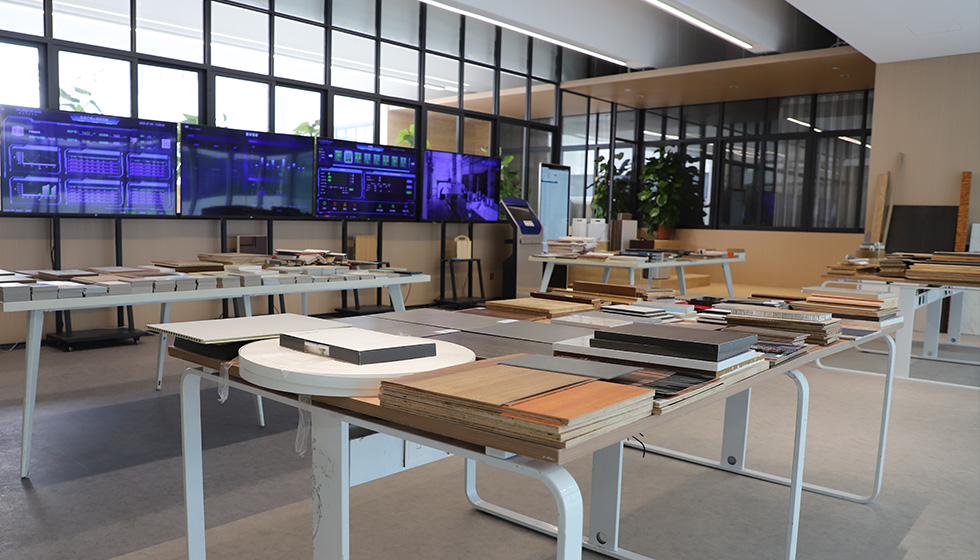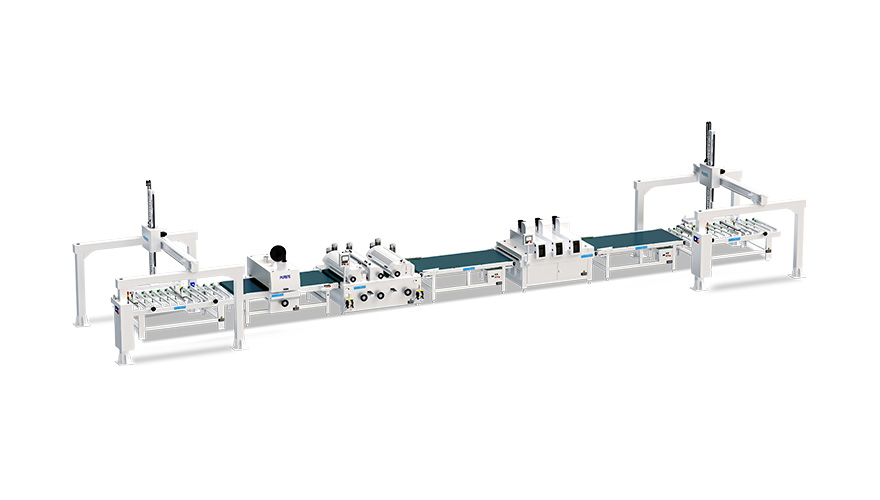What is the process of roll-to-roll coating machine?
 January 10, 2025
January 10, 2025 Hits:139second
Hits:139secondThe roll-to-roll (R2R) coating process is a highly efficient and continuous manufacturing method used to apply coatings to flexible substrates. It is widely used in industries such as electronics, packaging, energy storage, and printing. Here's an overview of the process, including the key steps, components, and applications:
What is Roll-to-Roll Coating?
Roll-to-roll coating is a process in which a flexible substrate (such as plastic, metal foil, or paper) is unwound from a roll, passed through a coating system, and then rewound onto another roll after the coating is applied. This method is ideal for large-scale production and high-speed operations.
Steps in the Roll-to-Roll Coating Process
1.Unwinding the Substrate:
The flexible substrate is fed into the machine from an unwind roll.
Tension controls and alignment systems ensure smooth feeding and avoid wrinkles or misalignment.
2.Surface Preparation (Optional):
The substrate may undergo surface treatments such as cleaning, priming, or corona discharge to enhance adhesion.
3.Coating Application:
The coating material is applied to the substrate using one of several techniques, such as:
Slot-die coating: A precise, controlled method for uniform layers.
Gravure coating: Uses a patterned roller for intricate designs or textured coatings.
Knife-over-roll coating: Controls coating thickness with a blade.
Dip coating: Submerges the substrate in the coating solution and removes excess material.
The choice of method depends on the desired thickness, material properties, and application.
4.Drying or Curing:
The coated substrate passes through a drying system to remove solvents or cure the material. Drying methods include:
Heated air ovens.
Infrared (IR) heaters.
Ultraviolet (UV) curing systems.
Proper drying ensures uniformity and avoids defects such as bubbles or cracks.
5.Inspection and Quality Control:
Sensors and cameras check the coating for uniformity, defects, and thickness.
Automated systems can adjust parameters in real-time to maintain quality.
6.Rewinding:
The coated and dried substrate is rewound onto a roll for easy handling and storage.
Precise tension control prevents damage or distortion during rewinding.
Key Components of a Roll-to-Roll Coating Machine
1.Unwind and Rewind Units:
Control the movement of the substrate through the system.
Include tensioners and alignment systems.
2.Coating Unit:
Houses the chosen coating method (e.g., slot-die, gravure).
May include mechanisms for adjusting the coating width and thickness.
3.Drying or Curing Section:
Equipped with heating or curing systems tailored to the coating material.
4.Web Handling System:
Includes rollers, tension controls, and edge guides to ensure smooth transport of the substrate.
5.Quality Control Tools:
In-line sensors and cameras for real-time monitoring and feedback.
Advantages of Roll-to-Roll Coating
1.High Efficiency:
Continuous operation enables high-speed production for large volumes.
2.Cost-Effective:
Reduces material waste and labor costs compared to batch processes.
3.Versatility:
Supports various substrates and coating types, from thin films to thick layers.
4.Consistency:
Ensures uniform coating thickness and quality across the entire substrate.
5.Scalability:
Easily adapted for large-scale industrial applications.
Applications of Roll-to-Roll Coating
1.Electronics:
Manufacturing flexible printed circuits, OLED displays, and thin-film batteries.
2.Energy Storage:
Coating electrodes and separators for lithium-ion batteries and supercapacitors.
3.Renewable Energy:
Production of photovoltaic films and flexible solar panels.
4.Packaging:
Coating films with barriers for moisture, gas, or light protection.
5.Healthcare:
Coating medical films, adhesive tapes, and diagnostic test strips.
6.Printing and Graphics:
Producing high-quality, large-format graphics and specialty coatings.
The roll-to-roll coating process is a cornerstone of modern manufacturing, offering high efficiency, precision, and adaptability for coating flexible substrates. Its widespread use across industries highlights its versatility and importance in producing high-quality coated products at scale.















